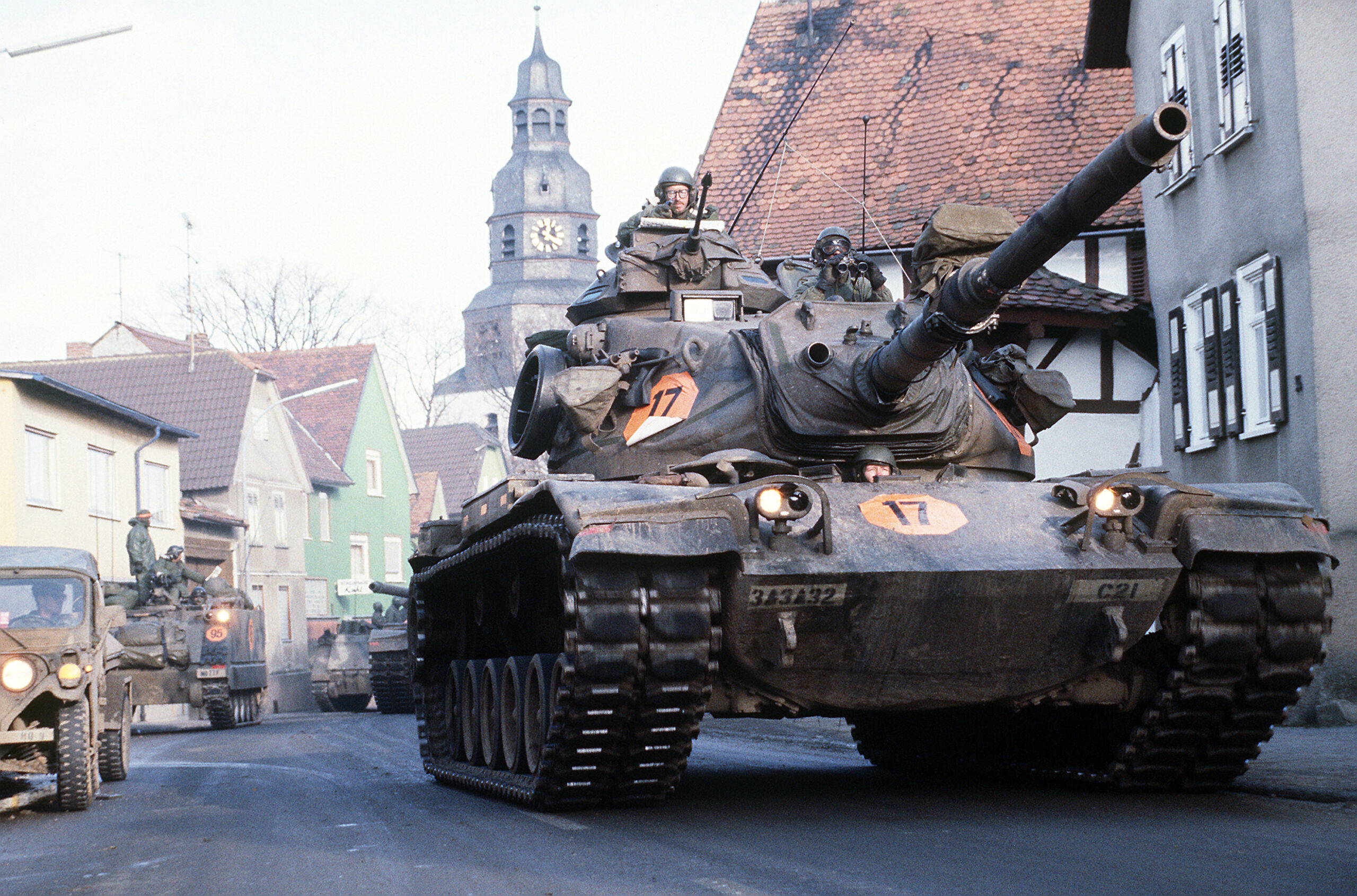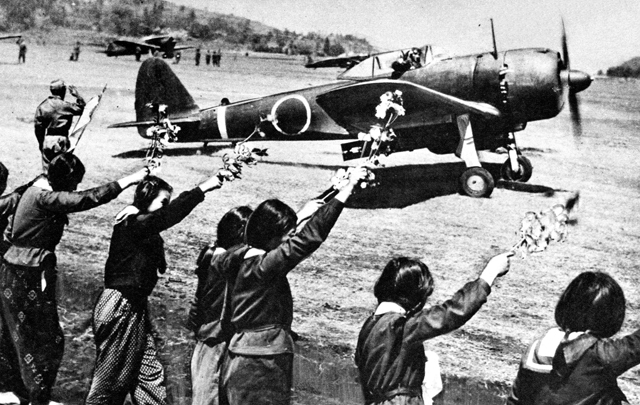One of the challenges of filmmaking is making sure your world feels believable. Even when you have “Star Wars'” many species and planets or you’re dealing with various races and magic like in “The Lord of the Rings,” all the visual elements need to keep viewers engaged. This task is even more difficult to pull off when you have a story set in an alternate universe.
“The Man in the High Castle” is a fairly new television show that took on the challenge of alternate history and got it right. The Amazon Studios series has already received numerous awards in only two seasons, including praise for its outstanding special visual effects.
Below are some of the creative hurdles the VFX team faced and how they overcame them:
An Alternate 1962
In “The Man in the High Castle,” America lost WWII. The Axis powers emerged triumphant after WWII, leaving Nazi Germany and the Japanese to split the U.S. between each other. This means the entire country, especially the major cities the TV series is set in, would look drastically different.
But since the show is set in 1962, the crew had to first study what New York, San Francisco, and Cañon City, Colorado looked like half a century ago. They also had to consider how developed these cities would actually be without the post-war boom the U.S. experienced after the actual conclusion.
Amazon Studios clearly did their homework and created a scary, new 1960s America. Despite the series being shot in Canada, the audience is able to feel like we’re seeing a New York and San Francisco that has embraced an imperial Japanese and Nazi German society.
Getting The Details Right
It took much more than slapping swastikas and Japanese Kanji all over to make this alternate history believable. Every department had to make sure the people and places look like they actually live in these fictional cities. Wardrobe, for example, had the job of recreating what fashion in America would be like while influenced by two different cultures.
Of course, the visual effects department had plenty of work to do as well. Everything from the signs and advertisements to even the cars had to be thought out and executed well. This is why you’ll see vehicles in the show without any American influence, such as the classic tail-fins made popular in the 1950s and 1960s.
They also had to consider the major differences in style between the two global superpowers. While Germany under Hitler used impressive statues and neoclassical architecture, the Japanese preferred neon lights and propaganda influenced by their Rising Sun Flag.
The Best Kind of Visual Effects
https://youtu.be/NzpEv6fvhMQ
When most people think of visual effects they think of breathtaking CGI monsters and environments. Some shows and movies depend heavily on VFX to create their world, such as Peter Jackson’s “The Hobbit” trilogy. As technology advances, the artist’s ability to create believable visuals with computers gets better and better.
But most of the time, the best effects are the ones viewers never suspect. This was the case with “The Man in the High Castle,” where a lot of the visual elements you see in city streets and on buildings aren’t real. Instead, they were created with computers in such a way that you’d think they were actually there.
Amazon Studios had to rely plenty on their VFX team, especially when certain communities where the show was shot weren’t 100 percent on board. For example, some locations, including Canadian and Chinese communities, refused to allow their buildings to be covered with swastikas and imperial Japanese content. So many of the large Nazi flags and Japanese banners were actually placed in digitally.
Have you watched “The Man in the High Castle”? What are your thoughts about this show’s use of VFX to create an alternate world? Let us know in the comments below!


